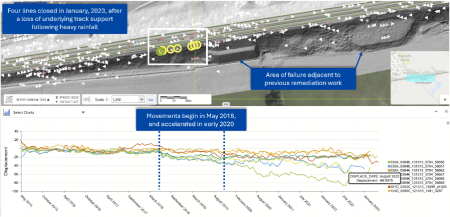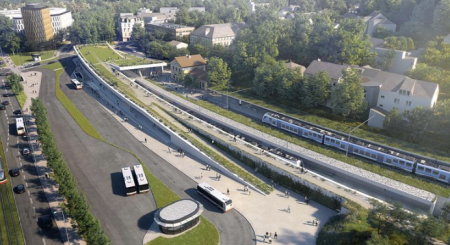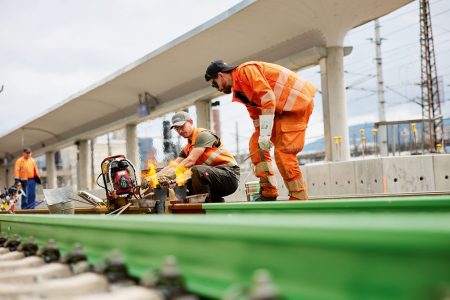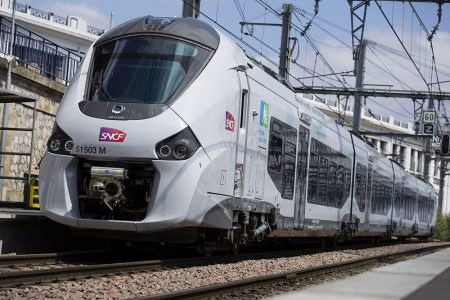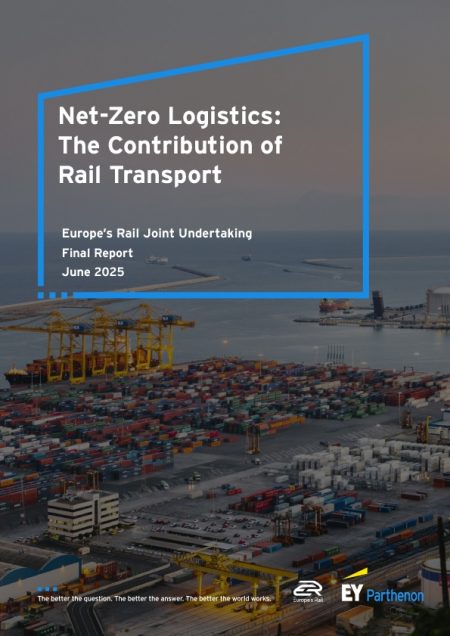DB and Siemens Mobility set a new speed record for the Erfurt–Leipzig/Halle line during test runs. Test runs provide valuable insights for the refurbishment of high-speed lines and the technical advancement of high-speed trains. Deutsche Bahn (DB) and Siemens Mobility have achieved a new speed record of 405.0 km/h with an ICE test train on the high-speed route between Erfurt and Leipzig/Halle. This milestone was reached during a series of test runs conducted using the ICE-S high-speed measur
This content is for Premium Subscribers only. To view this content, login below or subscribe as a Premium Subscriber.

